We are proud to feature our guest blogger David Perlstein. David is a novelist and avid traveler. He recently returned from the We Make Travel Easy tour of India. David is sharing his observations in a two-part series.
INDIA PART II
Spend two weeks in India (thanks, Sandra Lipkowitz of We Make Travel Easy), and you can write a book. I provided an overview last week. This week, I’ll present four brief takeaways.
The Taj Mahal. We saw palaces, forts, temples, mosques, and monuments. None is more famed than this monument completed in 1648 by Shah Jahan to memorialize his wife Mumtaz Mahal, who died in childbirth at 38 after bearing 14 children. We’ve all seen the Taj Mahal in photos or films. I found it beautiful but no more so than in pictures. Yet I experienced an undeniable thrill actually being there, walking around it and going inside. Being up close and personal drives home the reality that peoples far from America created remarkable civilizations and works attesting to them. Takeaway: Much that is great in the world doesn’t stop at America’s shorelines.
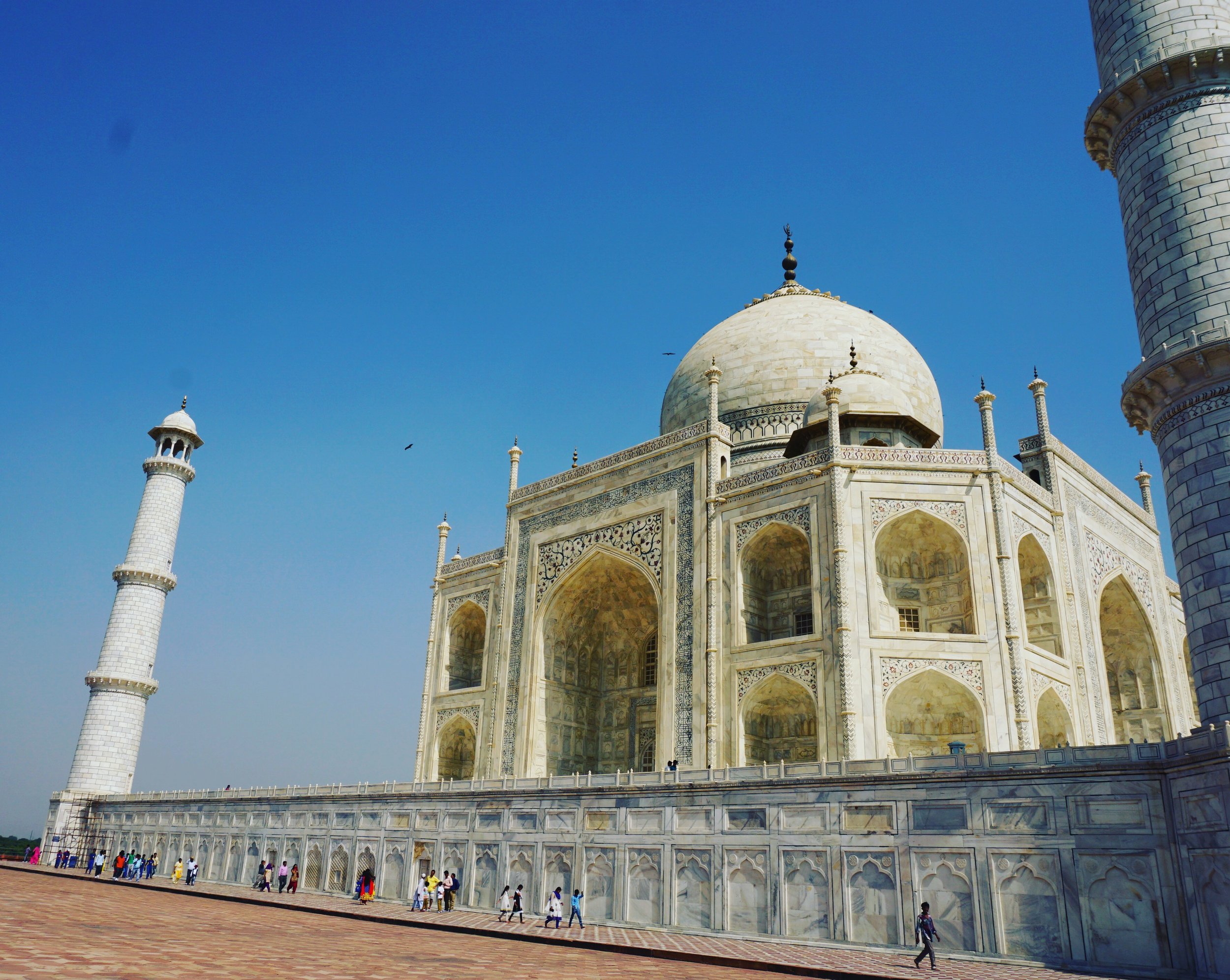


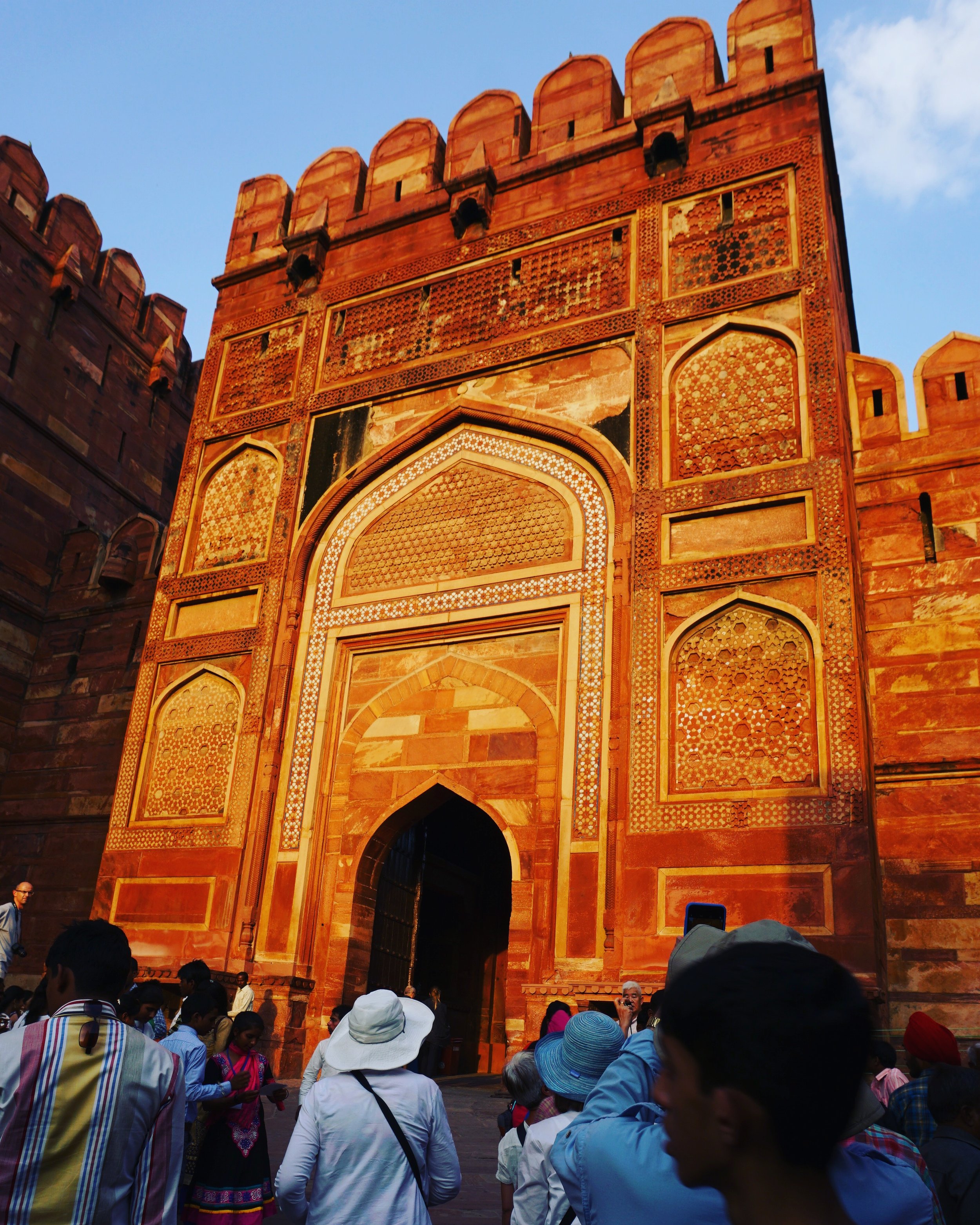
People moments. Foreign tourists came to all the sites we visited, but Indians predominated. After all, Americans flock to Times Square, Niagara Falls, Graceland, the Grand Canyon and the Golden Gate Bridge. Indian visitors were mid- to upper-middle class for the most part, often young. School groups and families abounded. What occupied their attention? Taking pictures with their smartphones—as we were doing. This produced my favorite moments. Just as we wanted to take photos with Indians, Indians often approached us. We felt like celebrities. Our brief encounters offered delightful opportunities to reach across cultures and even language barriers (although many Indians speak English) by admiring cute children and sharing information about our lives. Takeaway: People everywhere share much in common—and love to share with each other.

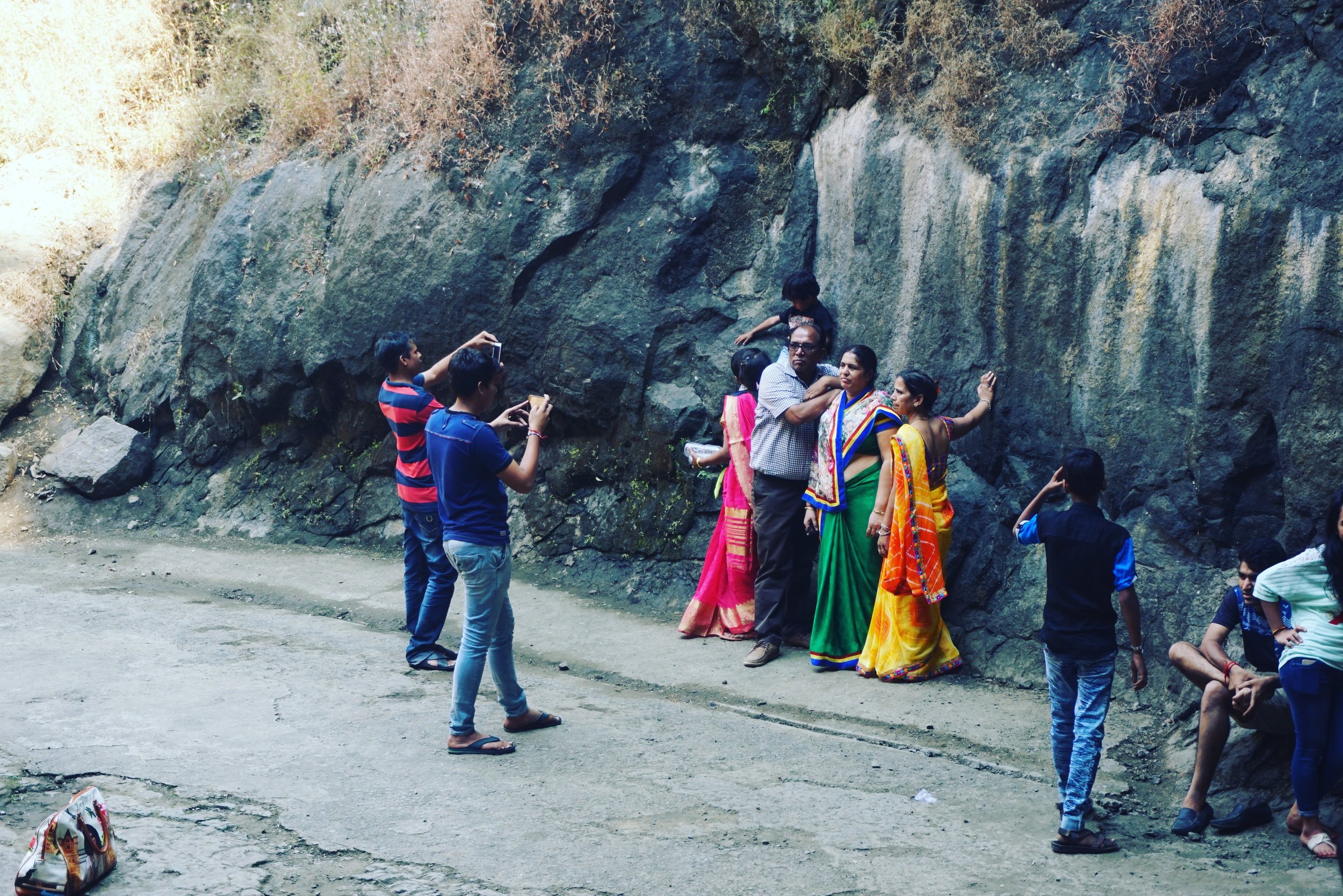


Jewish connection. Tens of thousands of Jews once lived in India. Almost all moved on to Israel. In Mumbai, we visited the Kehilla Eliyahoo (Congregation of Elijah) synagogue, a spiritual home of the Baghdadis—Iraqi Jews who came to India under British rule. We spent a few days in Cochin, a major Arabian Sea port in the southern state of Kerala. Cochin Jews consist of two groups. “Black” Jews claim descent from Jews fleeing the destruction of the Second Temple by Rome (66 CE) and even to the time of Solomon (10th Century BCE). They intermixed with local peoples. The Pardesi or “white Jews” trace their ancestry from 16th-century spice traders from Arabia and Europe. We visited Jew Town—not a pejorative; the Maharajah welcomed Jewish traders and gave them special privileges. We strolled the shops of Jew Town Road, visited old synagogues and met Cochin’s oldest Jew, 94-year-old Sarah Cohen. Takeaway: It’s wonderful to be part of a global people with relatives and history everywhere.

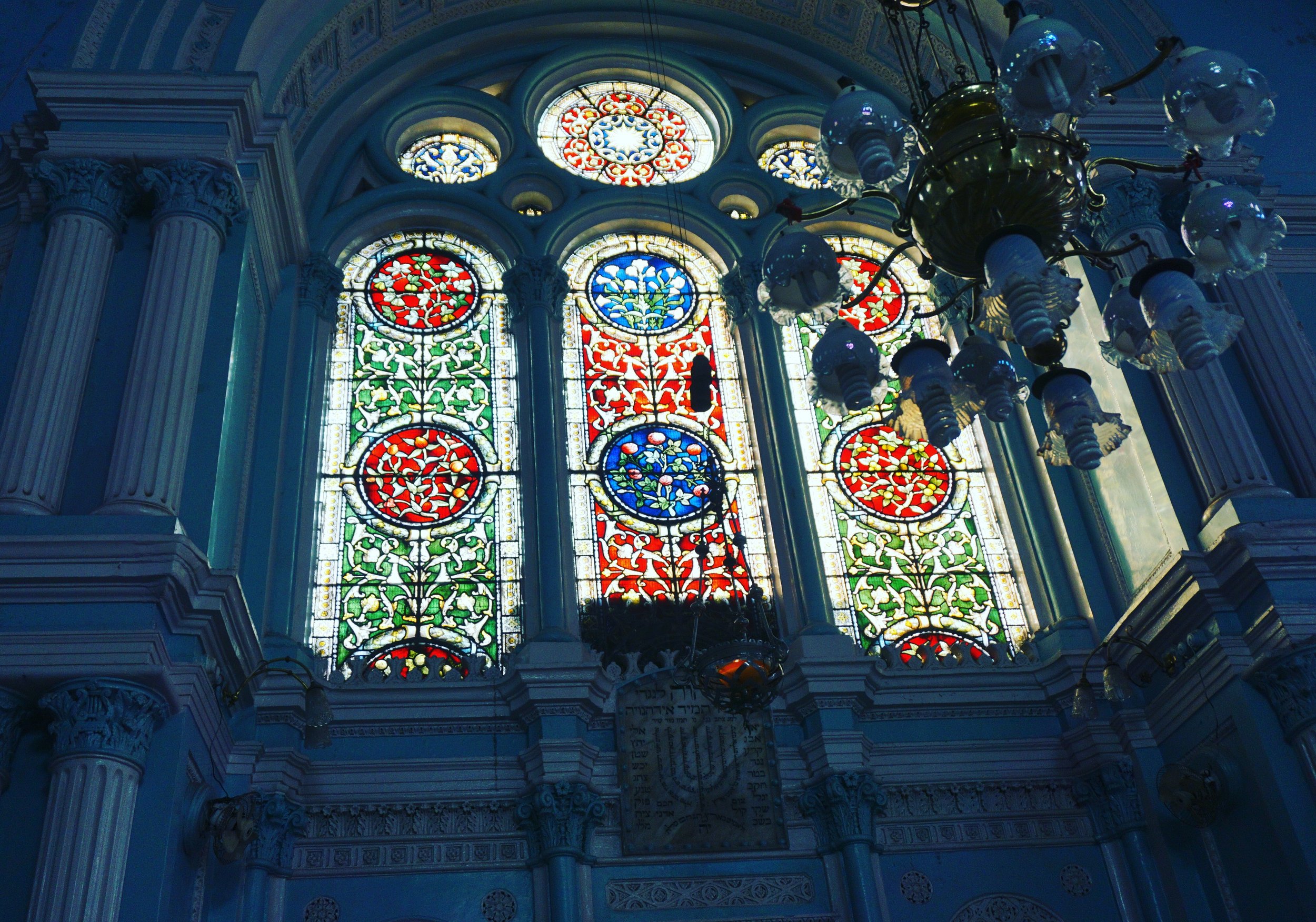

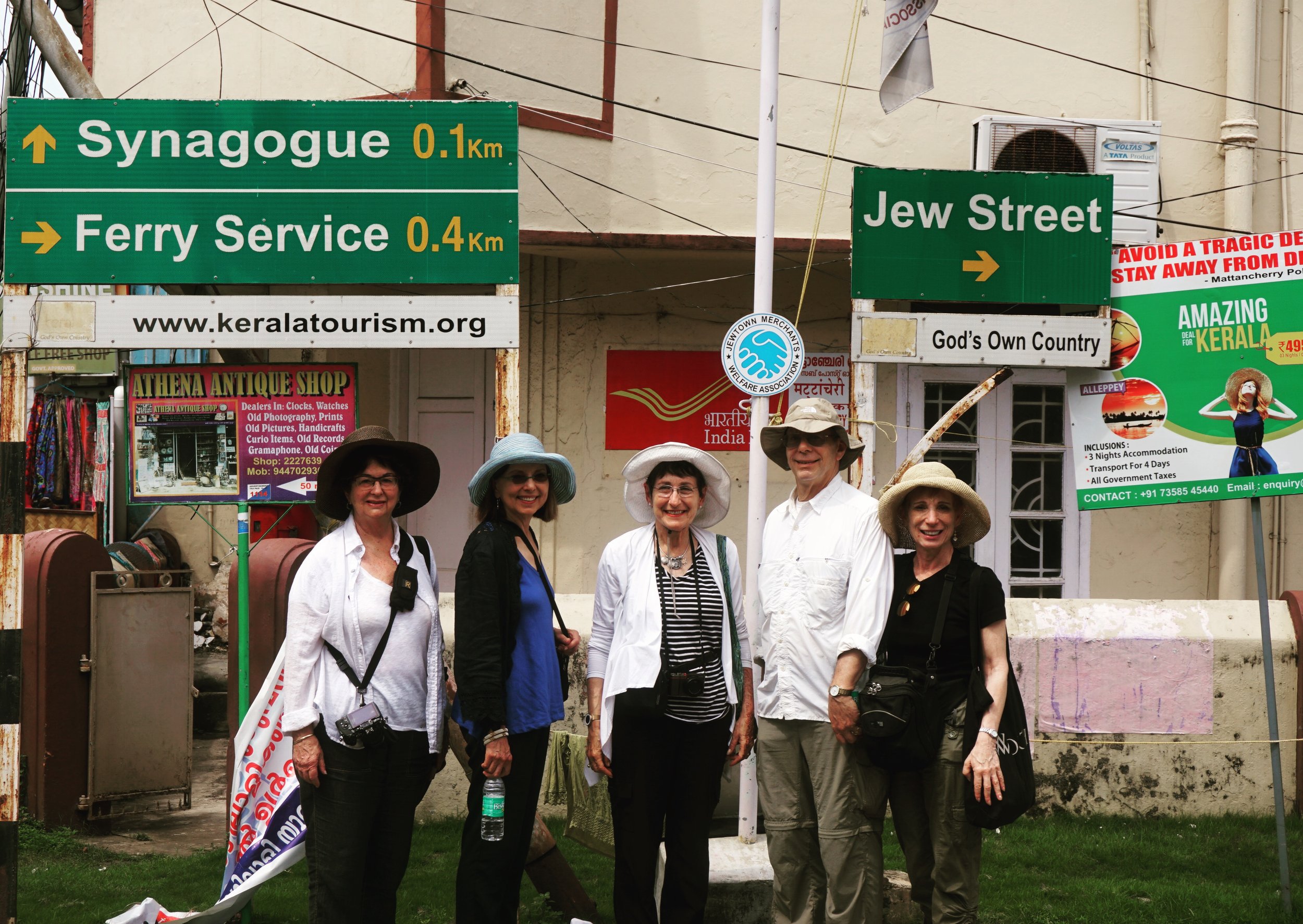
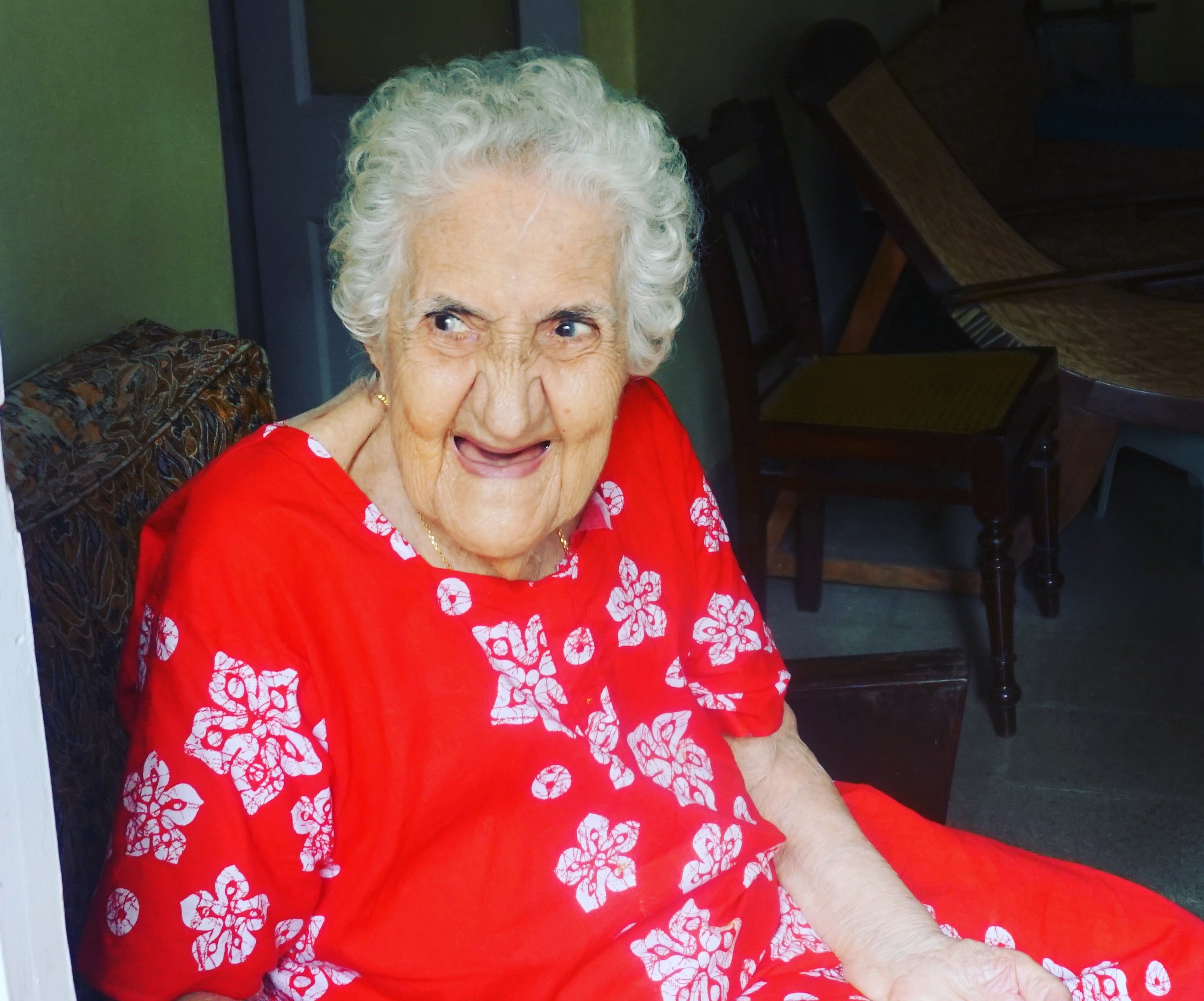
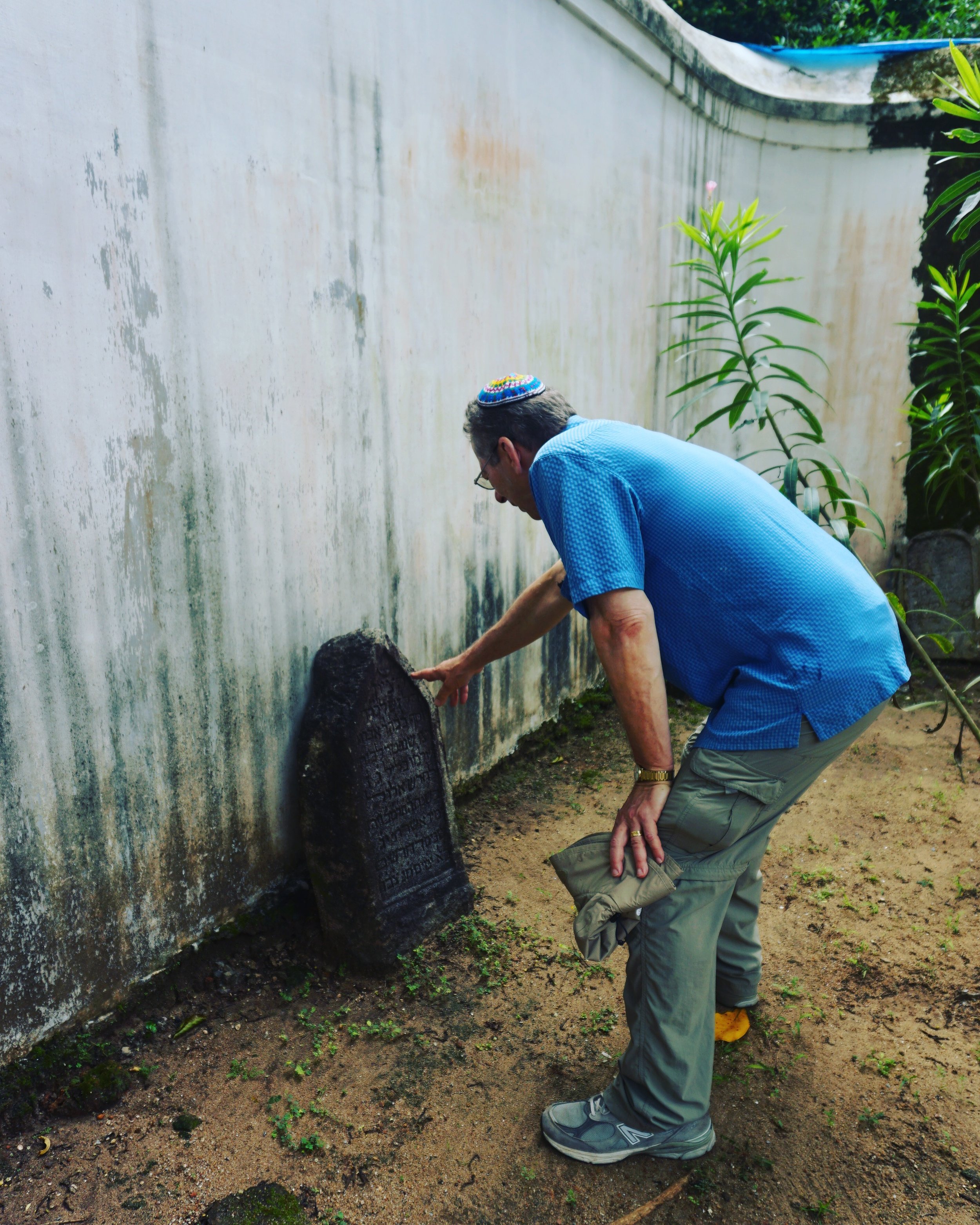
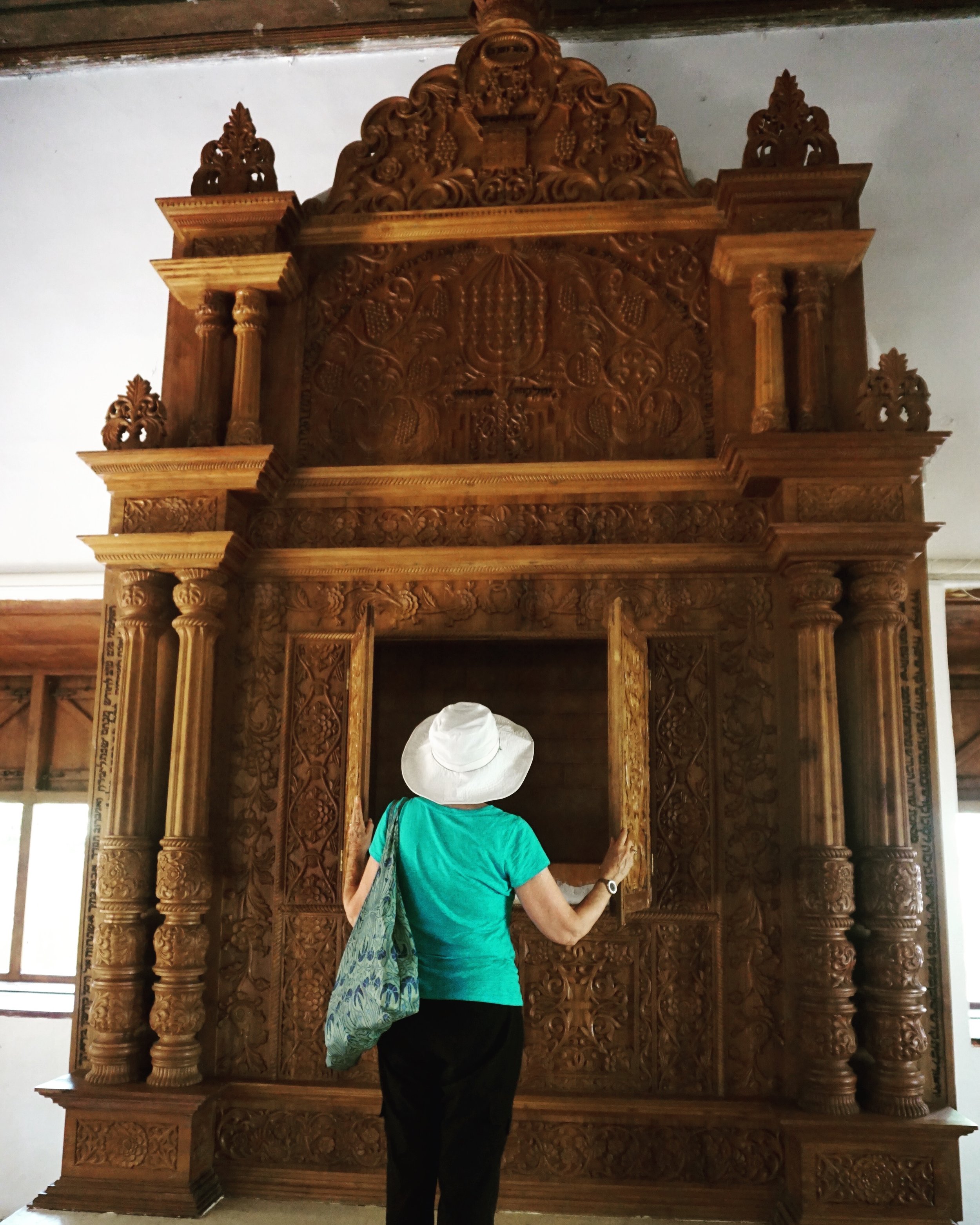
Little me. New Delhi is 7,681 miles from San Francisco. While India is one-third the size of the U.S.—still a very large country—it has four times our population with many religions, cultures and languages. Indian history dates back millennia before Plymouth Rock. This realization can blunt American hubris. Yes, our charitable donations and visits along with U.S. foreign policy can play a role in improving the lot of many Indians and building a greater India, already the world’s largest democracy. But India’s place in the world will be defined and determined only by Indians. Takeaway: Travel makes a big world smaller. Sometimes, India made me feel smaller, too.
Are you a travel enthusiast? Do you want to share your unforgettable travel experiences? Well, our doors are wide open for you. We are looking for guest bloggers who have the passion of traveling and writing about their travel experiences. We can feature your work on our blog as your portfolio. Get in touch with us!
Enjoy reading my blog? Sign up for my newsletter to be a We Make Travel Easy travel insider.
